On Wednesday, Universal Music Group removed their catalog of songs from TikTok. Billions of videos across the platform are now silent, and users no longer have the ability to use a majority of popular songs in their TikToks.
What happened?
TikTok and UMG were not able to agree upon a new licensing agreement between the publishing company’s artists and the social media app. The previous agreement expired January 31st, which resulted in UMG removing their catalog on Wednesday. Specifically, the two companies could not come to a consensus regarding compensation for artists. UMG also felt that TikTok was not adequately protecting their artists from AI-generated music circulating on the app.
What songs are leaving TikTok?
Universal Music Group is the largest music publishing company in the world. Below is a list of just a few of the artists who will not have their music on TikTok anymore:
- Taylor Swift
- Drake
- BTS
- The Beatles
- Harry Styles
- Noah Kahan
- Beyoncé
- Bad Bunny
- Shawn Mendes
- The Weeknd
- SZA
- Lorde
- The 1975
- The Lumineers
- Billie Eilish
- Kendrick Lamar
- Ariana Grande
- Justin Bieber
- Rhianna
- Troye Sivan
- Elton John
- Adele
- Lady A
- Olivia Rodrigo
- Carrie Underwood
- Post Malone
- 5 Seconds of Summer
- Miley Cyrus
- Lana Del Rey
- Eminem
- Lady Gaga
- Nicki Minaj
- Selena Gomez
- Conan Gray
- Kacey Musgraves
- Jonas Brothers
- Dolly Parton
What does this mean going forward?
This lack of agreement between TikTok and UMG will monumentally change how artists promote their music, how listeners discover new music, and how trends circulate. Social media apps like TikTok are more influential for promoting and streaming songs than radio plays. In addition, TikTok allows artists to share links to purchase their music and merchandise, and even sell directly on TikTok Shop.
The For You Page has been responsible for promoting artists and discovering new ones, a prime example being TikTok contributing to the massive fame of Olivia Rodrigo’s debut song “drivers license.” Another marketing strategy artists like Meghan Trainor use to promote their music is viral dance routines. Trainor’s song “Made You Look” blew up on social media last year through influencer Chris Olsen creating a dance to the song. Even dancing influencers like Charli D’Amelio will have to pivot to using different music or utilizing other forms of content on TikTok.
While equally responsible for circulating new music, TikTok has the power to reintroduce old music or trends to Gen Z. Songs like “Dreams” by Fleetwood Mac, “California Dreamin’” by The Mamas & the Papas, and “Head Over Heels” by Tears For Fears have found themselves trendy again decades after their original release.
Lastly, this story comes at an interesting time in the entertainment industry where artists are starting to push back against AI. UMG is pushing to have their artists protected through TikTok from their songs being distorted or used without their permission. AI also can create false images or deepfakes that spread on TikTok. Taylor Swift and her team are currently battling X and Meta after millions of users viewed fake sexually explicit images of her on social media. In response, Congress and The White House are beginning to consider taking action to protect people like Swift against AI-created harassment. The No Artificial Intelligence Fake Replicas And Unauthorized Duplications Act, led by several house members, was introduced on January 10th (ABC News).
Will the catalog come back on TikTok?
In my opinion, it seems like UMG pulled their catalog to create panic and persuade TikTok into being more lenient in negotiations. I wouldn’t be surprised if negotiations come to an end sometime very soon, but looking at the SAG-AFTRA strike from this summer, it could also take a while.
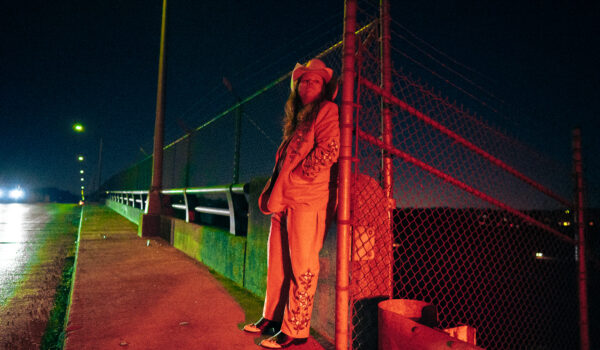
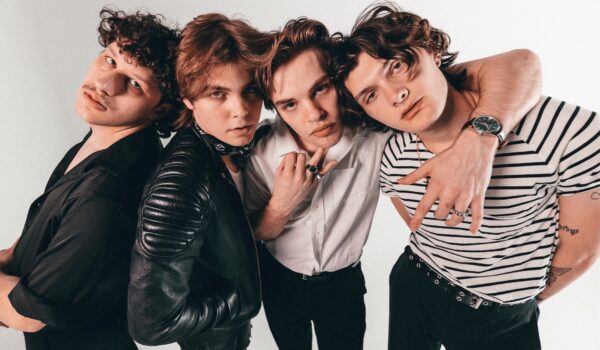
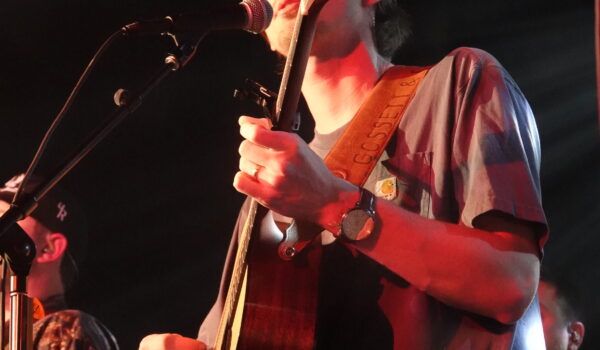

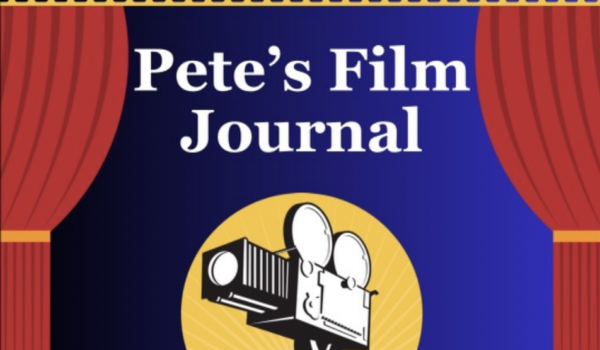

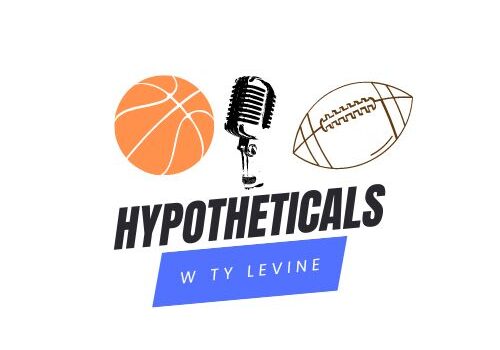

Olivia Haeger On February 1, 2024 at 2:13 pm
Wow, this was a very insightful article. Only time will tell what happens next!